Do visitors leave your site after the first click? What you are experiencing is called a high bounce rate. A lower bounce rate is an aim of online marketing. Let’s see what leads to a high bounce rate and fix it. First, a bounce rate is defined as the percentage of visitors that leave your website after viewing just one page.
High bounce rate problems and their solutions
Problem 1: Your readers get what they want, fast
This is a marketer’s dream and not a problem in the real sense. It could be that readers get what they want.
Solution 1: Fill up a sign-up form or buy a product and leave real quick.
Problem 2: Slow-to-load page
The most familiar problem that leads to a high bounce rate is a slow-to-load page.
Studies show that a page that takes over 3 seconds to load leads to a high bounce rate, and faster pages lead to a 16.5% increase in conversion rate.
Solution 2: How to fix slow-to-load pages?
Review page speed using tools like:
- GT Metrix
- Pingdom
- Lighthouse
- Google PageSpeed Insights
- Google Search Console Page Speed Reports
Follow the recommendations like browser caching, reducing third-party scripts, and compressing images and follow these tips to reduce page load time.Â
Problem 3: Disproportionately high bounce rate on some pages.
It could be that some pages have an extremely high bounce rate and take the overall statistic up with it.Â
Solution 3: Find out the problem pages using Google Analytics by sorting landing pages by bounce rate. Then fix the issue – content, site speed, or any other.
Problem 4: 404 Pages
404 pages or pages that don’t load correctly result in a high bounce rate.
Solution 4: Check the page in the browser and view it from Google’s POV under Coverage in the Search Console. Take professional help if you can’t correct the issue yourself.
Problem 5: Misleading meta-description or meta-title
Solution 5: Make the meta-description and meta-title congruent with the content so that the user’s expectations match what they get on the page resulting in a lower bounce rate.
Problem 6: Bad linkage from an external site.
Imagine if someone linked to your page on weight loss using the link text “How to make money online.†This is a case for readers to bounce off your page quickly.
Solution 6: Reach out and ask the offending site to update the link or, if necessary, in the Search Console, update your disavow file.
Problem 7: Bad content quality
Is your content not readable, with plenty of grammatical or spelling errors? Bad content quality could be a prime reason for your high bounce rate.
Solution 7: Fix language errors. Include points in the article. Make it scannable. Use headings and subheadings prudently.
Problem 8: Your site is an affiliate site or single-page site.
Solution 8: If the purpose of your page is to send visitors to another, a high bounce rate might be a good thing.
Problem 9: Mobile-unfriendly sites
Solution 9: Find out using this tool if your site is mobile-unfriendly. Then iron out the technicalities and make your site mobile responsive. This could involve adopting a mobile-responsive theme or using plugins.
Problem 10: Bad UX
Pop-up ads, subscribe buttons, and surveys can add to a bad user experience.
Solution 10: Make your site easily navigable and user-friendly using the best design principles.
Problem 11: If you ask for too much, you don’t get it.
Solution 11: Don’t ask your readers about their CVV or monthly salary. You won’t get it.Â
Problem 12: Uninteresting content
Solution 12: Add depth to your content. Make it clickable. Add short summaries for the readers who want quick fixes.
Problem 13: Faulty set-up of Google Analytics
Solution 13: Implement Google Analytics properly and add tracking codes to your site pages. Check out Google’s support on this issue here
Conclusion
Solve high bounce rates by:
- Making content congruent to meta-data
- Making content readable
- Keeping essential data above the fold
- Speeding up your site
- Simplifying navigation
- Reducing redundancies
I hope this article has helped you better understand what causes a high bounce rate and overcome these issues. With the sound implementation of these principles, you should be well on your way to high engagement and optimal conversions.


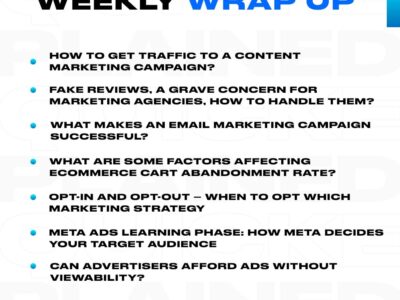
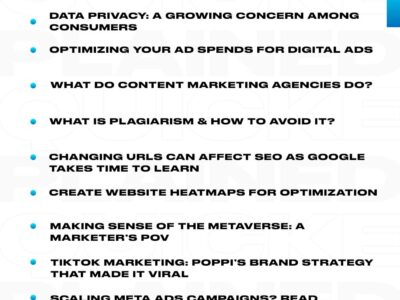
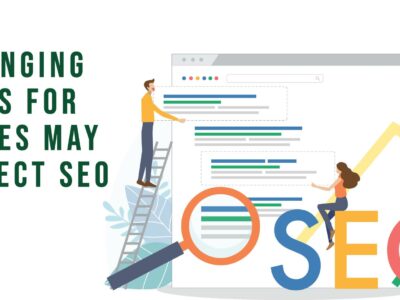
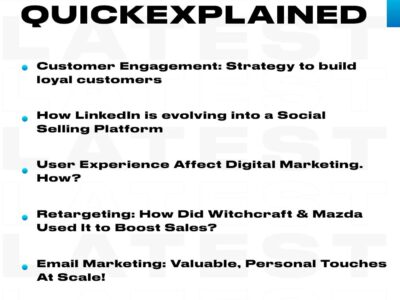
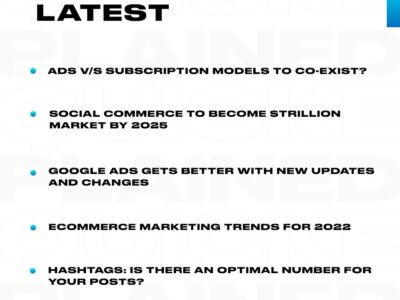

Comments